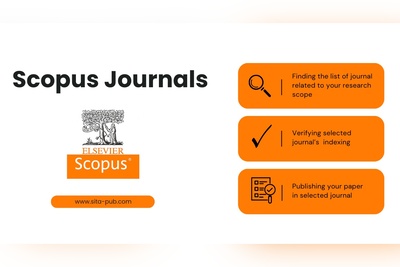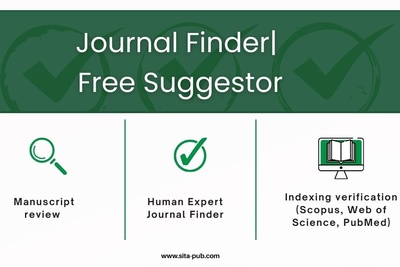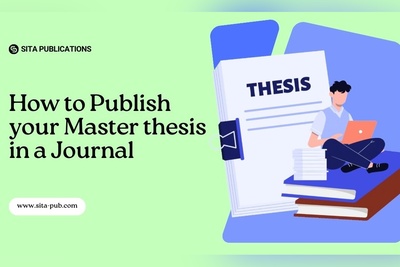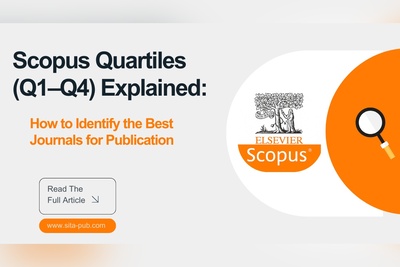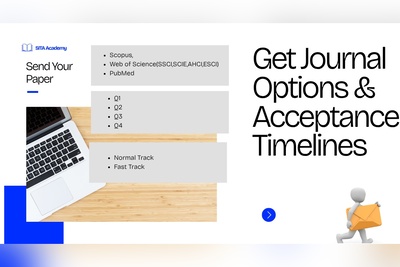Complete Thesis Editing and Formatting Support for International Students
Professional thesis editing and formatting services for international students. Improve grammar, academic tone, structure, citations, and compliance with university guidelines. Native English editors. Fast, reliable, and confidential support.
- Understanding the Standard Structure of a Thesis
- What is Thesis Editing and Formatting?
- Why Do Universities Require Thesis Editing and Formatting?
- Key Formatting Requirements for University Theses
- Language and Coherence: Why Editing is Critical
- How Professional Thesis Editing and Formatting Helps
- Our Thesis Editing and Formatting Services for International Students

For many international students, writing a thesis in English is one of the most challenging tasks of their academic journey. Even after conducting thorough research and collecting significant data, expressing your ideas clearly in English can be daunting—especially for non-native speakers.
Grammar, sentence structure, clarity, and academic tone are just as important as the content of your research. A thesis that is difficult to read or poorly formatted can undermine even the strongest findings. This is why professional thesis editing and formatting services are essential for international students who want their work to meet academic standards and make a strong impression during defense.
Understanding the Standard Structure of a Thesis
While each university or department may have unique requirements, most theses follow a common structure. Here’s a practical breakdown:

Section | Description |
Title Page | Contains the thesis title, author’s name, department, university, and submission date. |
Abstract | A concise summary of research objectives, methods, results, and conclusions. |
Acknowledgements | Optional section to thank advisors, peers, or supporting institutions. |
Table of Contents | Lists all chapters and page numbers for easy navigation. |
List of Figures and Tables | Includes charts, graphs, and tables with corresponding page numbers. |
Introduction | Introduces the research topic, objectives, and significance of the study. |
Literature Review | Reviews existing studies and identifies research gaps. |
Methodology | Describes the research methods, data collection, and analytical approach. |
Results / Findings | Presents key findings or outcomes objectively. |
Discussion | Interprets results, links them to literature, and highlights implications. |
Conclusion | Summarizes main findings, contributions, and future research recommendations. |
References / Bibliography | Lists all cited works using the required citation style (APA, MLA, Harvard, etc.). |
Appendices | Includes supplementary data, questionnaires, or calculations. |
This structure provides a clear roadmap and ensures that your thesis meets academic expectations.
What is Thesis Editing and Formatting?
Thesis editing and formatting is the process of refining your document to meet academic and institutional requirements. It ensures both the content and presentation of your thesis are professional, consistent, and compliant with guidelines.
Key components include:
Formatting: Applying correct fonts, margins, headings, tables, figures, citation style, and reference layout.
Language Editing: Correcting grammar, syntax, and improving readability while maintaining academic tone.
Coherence and Flow: Ensuring smooth transitions and logical structure across chapters.
Reference Accuracy: Aligning references and in-text citations with your department’s style guide.

Why Do Universities Require Thesis Editing and Formatting?
Universities insist on editing and formatting compliance for important academic and professional reasons:
Adherence to Guidelines: Departments have strict formatting rules—incorrect font, margins, or figure labeling can delay acceptance.
Readability: Editing ensures clarity and precision, helping examiners understand your arguments easily.
Professionalism: A polished document shows dedication, attention to detail, and academic maturity.
Defense Approval: A thesis must meet all technical and formatting standards to be accepted for defense.
Proper formatting and editing signal that you’ve taken your research seriously—not just in content, but in presentation.
Key Formatting Requirements for University Theses
To ensure your thesis is accepted, you must follow your university’s formatting and submission guidelines carefully. Common requirements include:
Font Type and Size: Times New Roman or Arial, usually size 12.
Margins and Spacing: Standard margins (1 inch or 2.54 cm) and line spacing (1.5 or double).
Headings: Consistent heading levels and numbering for sections and subsections.
Tables and Figures: Proper numbering, captions, and in-text references.
Citation Style: Accurate use of APA, MLA, Chicago, or Harvard referencing.
Pagination: Correct page numbering for preliminary and main sections.
Even minor inconsistencies—such as incorrect spacing or reference errors—can result in revision requests or delayed approval.
Language and Coherence: Why Editing is Critical
For non-native English speakers, linguistic accuracy is one of the biggest challenges in thesis writing. Many students conduct outstanding research but struggle to express their ideas clearly in academic English.
A professional editor, especially one who is a native English speaker and expert in your field, ensures that:
Grammar, punctuation, and sentence structure are flawless.
Academic vocabulary and tone are appropriate.
The text flows logically, with clear transitions between sections.
Technical terminology is used consistently and correctly.
This level of precision not only improves the readability of your thesis but also enhances the overall impact of your research.
How Professional Thesis Editing and Formatting Helps
Engaging a professional service can transform the final outcome of your thesis. The benefits include:
Saving Time: Professionals handle formatting and proofreading efficiently, letting you focus on your research.
Ensuring Compliance: Editors understand specific university and departmental guidelines.
Improving Clarity: Language improvements help present your research confidently.
Enhancing Credibility: A professionally edited and formatted thesis reflects the quality of your work.
Our Thesis Editing and Formatting Services for International Students
At SITA Academy, we specialize in helping international students prepare high-quality, submission-ready theses. Our comprehensive services include:
Formatting: We align your document precisely with your university’s guidelines for fonts, margins, headings, tables, figures, and references.
Editing and Proofreading: Native English-speaking editors refine grammar, coherence, and style.
Coherence and Flow Review: We ensure that arguments progress logically and smoothly.
Reference Management: Accurate citations and bibliography in your required style (APA, MLA, Harvard, etc.).
Field-Specific Expertise: Editors with subject-area experience for technical and academic accuracy.

With our support, you can submit your thesis confidently—knowing it meets the highest academic standards and formatting requirements.
Verified Contact Channels
If you have any questions, inquiries, or would like to learn more about our services, please don't hesitate to reach out to us. Our dedicated team is ready to assist you.








